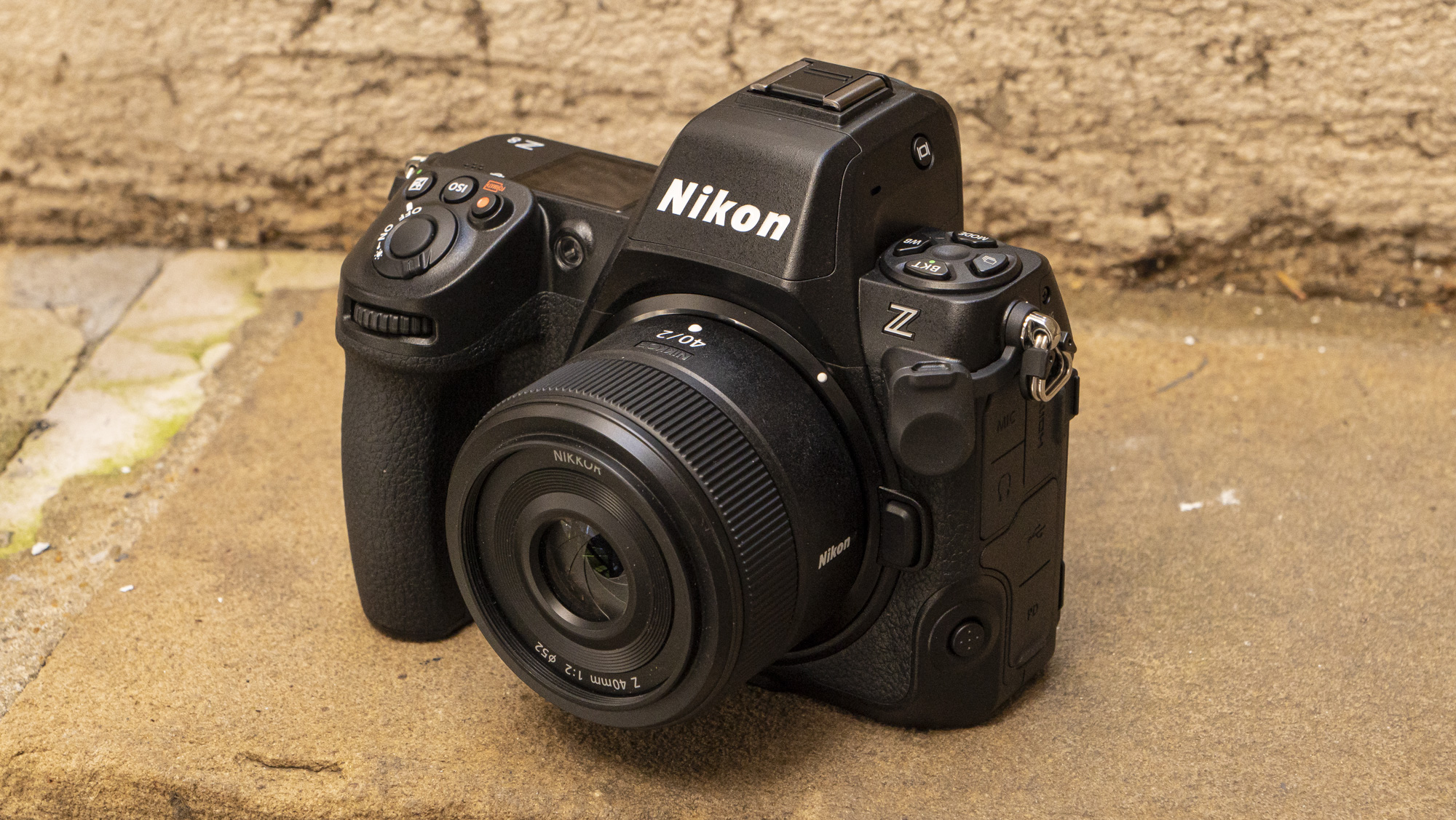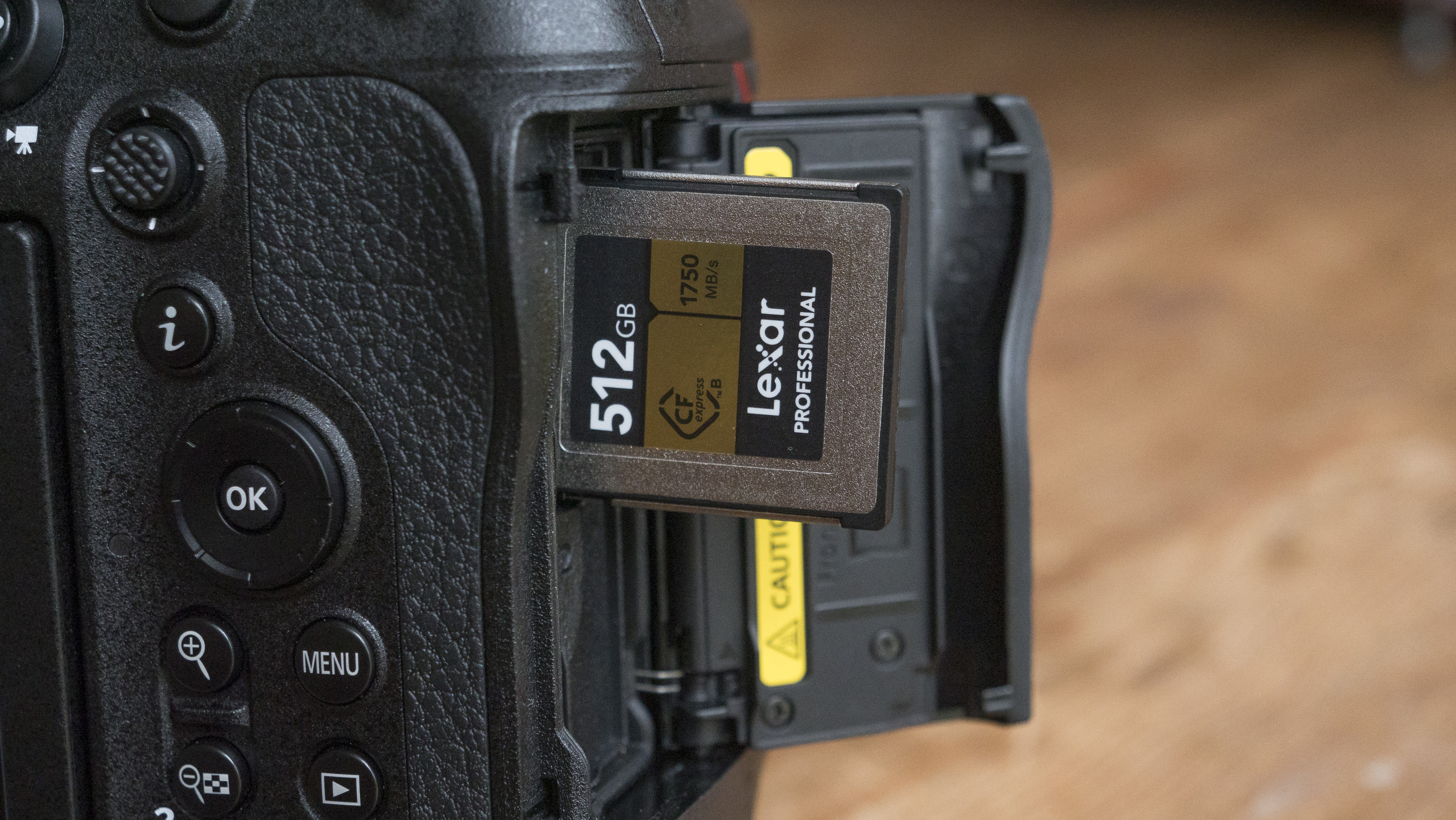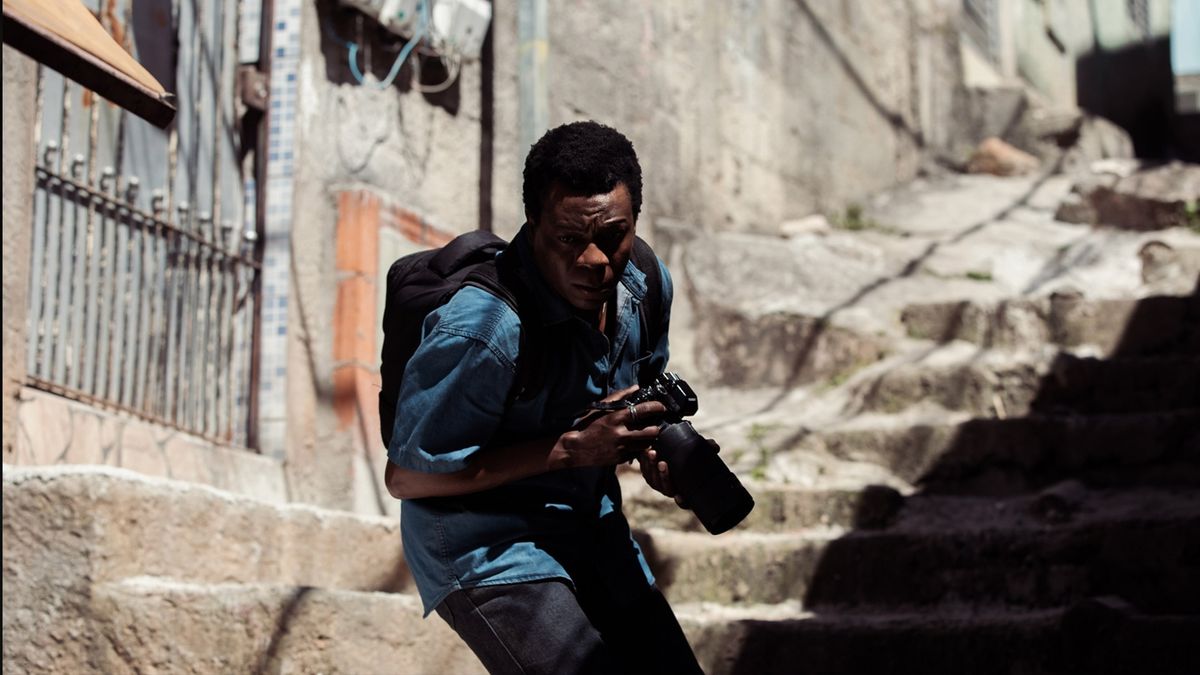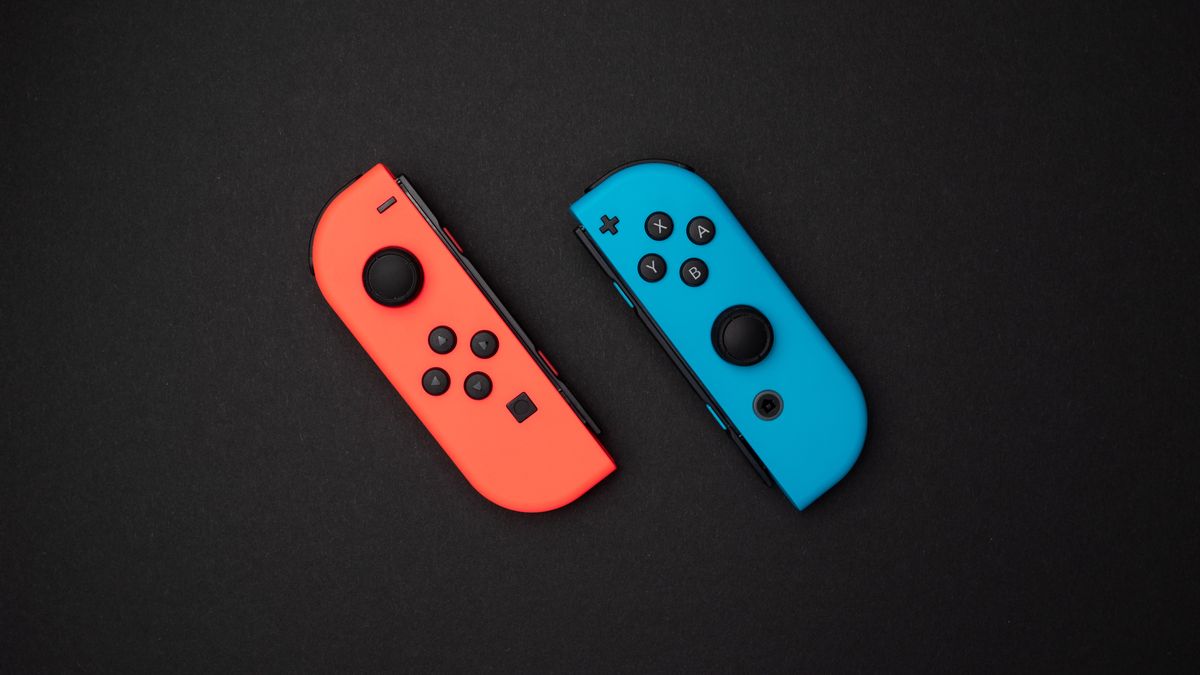The other day I was looking out our south-facing kitchen window. We had a bird feeder in sight, hanging on an adjacent sunbathing fig tree, and a bird I rarely see was perched on one of the branches, looking up at the feeder.
Naturally, I ran to grab my mirrorless camera and take some pictures. I didn't have time to fiddle with my camera settings in case I missed the feathered visitor, and for the next few minutes the bird forced me into this impromptu photo session, dancing from branch to branch around the feeder.
I took some great photos – the comically yawning bird was a highlight, all my images were very well lit by the morning sun. At least I thought Got some great shots. The bird finally flew away and I excitedly pressed the play button to find that yawning photo.
Oops, there was no memory card in the camera.
Major camera brands are slowing down
I know I'm not the only photographer who experiences such moving moments; and maybe it's just me, but they also seem to happen at the worst possible times, causing bigger disasters than a few stray photos taken from the comfort of my kitchen. A card forgotten on a long trip. A memory card fills up shortly after starting a session.
It's partly the photographer's mistake, of course. Let's remember to do the basic checks: battery charged, memory card inserted and with sufficient capacity. But there are times, like in the aforementioned scenario, when there is no time to do those checks or they are forgotten. That said, here I am using a camera that cost me over $2,000/£2,000/$AU3,500 for the body alone, and it doesn't even have built-in memory like my phone. What's up with that?
I have another camera with built-in memory: one of the best compact cameras out there, the Ricoh GR III X, which offers a modest 2GB. The Hasselblad X2D 100C is another of my favorite mirrorless cameras and has a massive 1TB internal storage. and a card slot, while some Leica digital models also have it.
It is perfectly possible to include built-in memory in a camera, but none of the major camera brands do this. Come on, Sony, Nikon, Canon, Fujifilm, Panasonic and others: it's about time your cameras came with built-in memory as standard.
Getting things right on camera
Since that lost moment the other day, I've gotten smart. As George Bernard Shaw said, only fools repeat the same things over and over again, expecting different results, and I have finally been able to customize my camera so that it won't take pictures if there is no memory card inserted.
Most enthusiast and professional mirrorless cameras I've used have the option to lock the shutter when no card is inserted. The method varies by model, but with the Nikon Z6 II the option is located deep in the settings menu and you simply choose your preference with a single press. Locking the shutter also displays a flashing “no card” symbol on the EVF/LCD screen, in case zero response when pressing the shutter was not a sufficient indication.

Adjusting those settings will ensure that you avoid situations like the one I described. However, employing an in-camera security system is no good if you discover while you're on site that you've completely forgotten your memory cards. Even with the shutter failsafe in place, my plea to camera manufacturers (and I clear my throat) is that they add built-in memory to their cameras as standard.
Why not?
There are reasons why leading brands don't include built-in memory in popular models. No good reasons, but reasons. The cost would surely be up there. High-performance built-in memory isn't cheap and brands would struggle to include internal memory in cameras under $1000 / £1000 / AU$1500 without requiring a significant price increase. However, adding built-in memory is entirely possible for professional cameras above the $2000/£2000/AU$3500 mark.
Could it also be due to memory speed limitations? I do not think. High-quality solid state drives are as fast as the best removable memory. And frankly, I'd love to have cheap, slow internal memory as a failsafe, like on my own Ricoh GR III X, and combine it with high-speed removable memory. After all, virtually every camera I've used that has built-in memory also It accepts memory cards, like the super slim medium format beauty that is the Hasselblad X2D 100C.

There is also a small risk of corruption of the built-in memory. In that case, your only real option would be to send the camera in for repair, and that's a lot more complicated than a memory card that you can reformat or just throw away if it can't be repaired. However, once again, cameras can have both built-in and removable memory.
As a consumer, I wouldn't mind paying more for a camera that has built-in memory. Yes, I already have memory cards that I can reuse for most cameras, but a lot of people still need to shell out for memory cards when they buy a new camera.
I think I've made my case pretty clear, so all I have left to say to Sony, Canon and others (and third time's the charm) is: it's about time your cameras came with built-in memory as standard!









